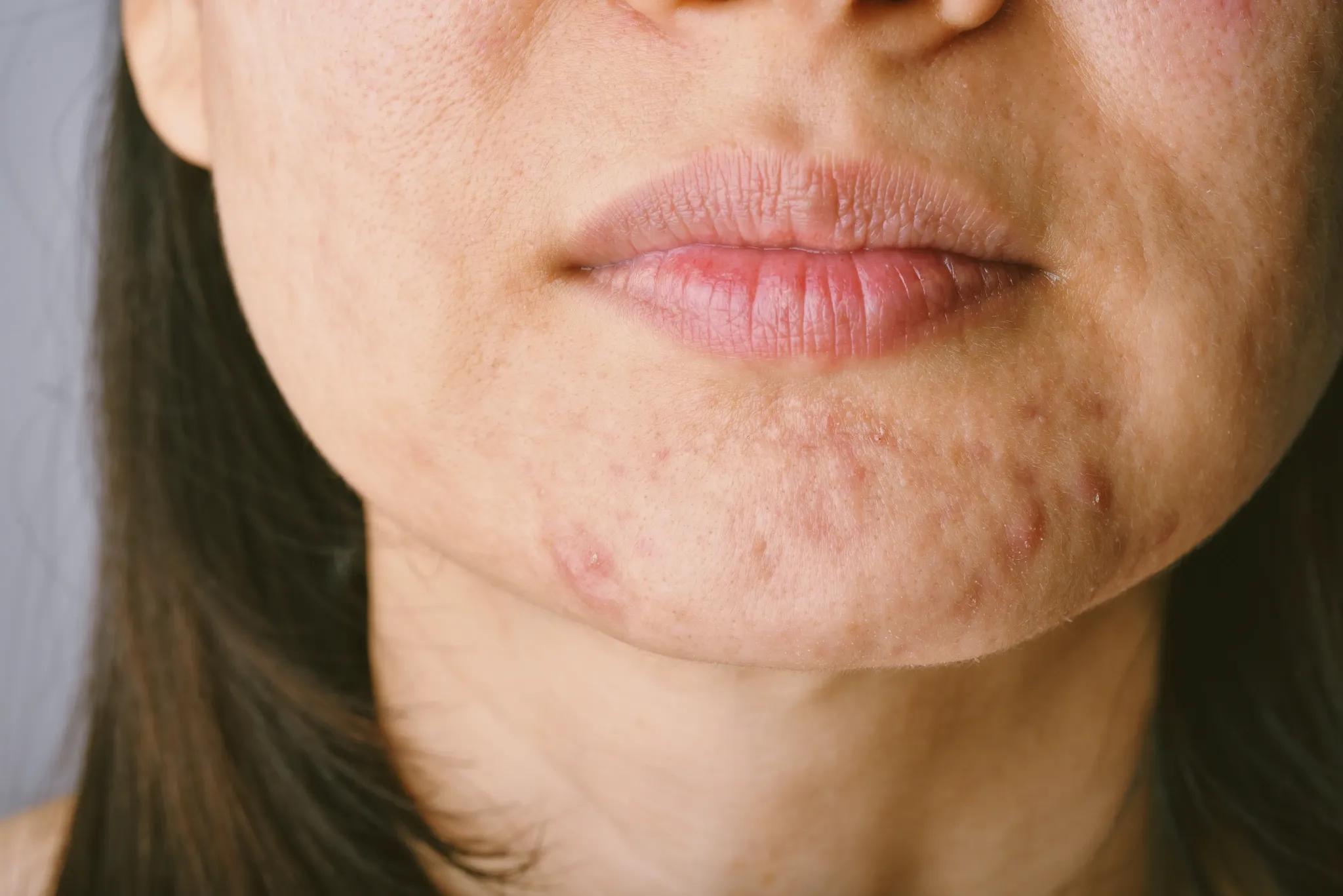
Everything You Need to Know About IPL Laser Treatment
In the evolving world of advanced skincare, IPL laser treatment has become one of the most sought-after solutions for those looking to improve skin clarity,
Our unique approach enables us to look beneath the surface of the skin and simulate your results prior to treatment. Learn more >
Results simulator now available. Learn more >

Certain high-risk foods that are easily contaminated are more vulnerable to contamination and, if not handled correctly, can lead to food poisoning. This article identifies these high-risk foods and provides essential safety practices to minimise the chances of illness.
By understanding which foods are easily contaminated and following safe handling methods, you can protect yourself and your family from foodborne risks.
Some foods are considered high-risk due to their structure and composition, making them ideal hosts for bacteria to thrive, particularly when not stored or cooked properly. High-risk foods are typically moist, protein-rich, and perishable, creating an environment that supports bacterial growth if exposed to unsafe conditions.
The characteristics of high-risk foods make them prone to bacterial contamination. They are often moist, contain proteins and carbohydrates, and require precise storage or cooking to prevent bacterial growth. Proper food storage is essential to reduce these risks.
The “food danger temperature” range—between 5°C and 60°C—is where bacteria grow most rapidly, significantly increasing the risk of foodborne illness. Keeping high-risk foods out of this range is crucial for preventing contamination. When foods are left within this temperature zone, bacteria like Salmonella, E. coli, and Listeria can multiply to unsafe levels in just a few hours.
High-risk foods, such as raw meats, dairy products, and prepared salads, are particularly susceptible. For example, milk and cheese left unrefrigerated for over two hours can harbour harmful bacteria, while raw meats like chicken should never be stored above 5°C.
Similarly, cooked rice and pasta, often overlooked, should be refrigerated quickly after cooling to prevent bacterial growth.
By storing high-risk foods below 5°C and cooking them above 60°C, you can significantly reduce the chance of bacterial contamination, protecting your health and that of your family.
Foodborne illnesses often result from harmful pathogens—microorganisms that contaminate food and cause illness. Recognising common pathogens and understanding how they spread is essential for reducing risks associated with high-risk foods.
Common pathogens include:
Safe food handling and storage practices play a vital role in reducing exposure to these harmful pathogens. At the same time, maintaining overall health, including skin health, can enhance your confidence. For example, BroadBand Light (BBL) therapy offered at Cosmetic Clinics not only rejuvenates your skin but also addresses signs of stress or imbalance caused by foodborne illness recovery.
Different categories of food fall under the high-risk category, each requiring careful handling to ensure safety. Below, we’ll examine some common examples of high-risk foods that are easily contaminated and discuss why they require extra care.

Dairy products like milk, cheese, yoghurt, and cream are susceptible to bacterial contamination due to their moisture and nutrient density. If not stored below 5°C, bacteria such as Listeria can grow in dairy, increasing the risk of food poisoning. Milk, for instance, can spoil in just a few hours if left out of refrigeration, so it’s essential to store dairy items properly.
Raw meats, especially chicken, beef, and pork, are well-known sources of bacteria such as Salmonella and E. coli, which can lead to foodborne illness if consumed. These meats should be cooked thoroughly, reaching safe internal temperatures to kill any bacteria. For example, poultry should be cooked to an internal temperature of at least 75°C.
Eggs are another frequent source of contamination, often carrying Salmonella on their shells. Even eggs with clean shells can harbour bacteria inside, making thorough cooking necessary to kill harmful microorganisms. Storing eggs in a cool environment can also help prevent contamination.
Raw fish and shellfish, such as oysters and sushi, are especially perishable and prone to contamination. Eating raw or undercooked seafood can result in severe illness if not handled with care. Seafood should be kept cold and consumed soon after purchase for safety.
Cooked rice and pasta are often overlooked as high-risk foods, but they can harbour Bacillus cereus, a bacterium that grows in warm, moist environments. After cooking, it’s crucial to store leftover rice and pasta in the fridge and reheat them thoroughly before consumption.
Vegetables like leafy greens and sprouts can become contaminated from soil or water and should be washed thoroughly before eating. Since they are typically consumed raw, bacteria such as E. coli or Listeria can remain on these foods and cause foodborne illness if not handled correctly.
Ready-to-eat meats like ham, salami, and pâté are at risk of contamination, especially by Listeria. These products should be refrigerated and consumed within a few days of opening to prevent bacterial growth.
Prepared salads, such as potato salad, coleslaw, and pasta salads, are high-risk foods due to their multiple ingredients and potential exposure to bacteria. These dishes often contain dairy or eggs, making them susceptible to bacterial growth if not stored correctly.
When handling any of these foods, follow proper hygiene and storage guidelines to ensure safety. Complement your overall health journey with treatments like BBL therapy at Cosmetic Clinics, which can help refresh and rejuvenate your skin after stress or illness.
Recognising signs of food spoilage is essential for preventing foodborne illnesses, especially with high-risk foods. Foods that are past their prime can develop harmful bacteria, even if they still look edible. Here are some key signs that it’s time to discard high-risk foods:
Discarding spoiled food, even if it appears only mildly affected, is crucial for safety. Consuming food that shows any of these signs can lead to food poisoning, making it essential to trust your senses and err on the side of caution.
Knowing that some foods are more prone to contamination highlights the importance of safe handling. The following practices ensure high-risk foods are kept safe for consumption.

Cross-contamination occurs when bacteria spread from one food to another, often due to improper handling.
Cooking foods to the correct internal temperature is essential to eliminate bacteria in high-risk foods.
Keeping high-risk foods at a cold temperature during food storage can significantly reduce bacterial growth.
The food danger temperature is the range between 5°C and 60°C, where bacteria grow rapidly.
Improper thawing can allow bacteria to grow on the surface of frozen foods as they reach room temperature.
Food poisoning often results from consuming contaminated food carrying harmful bacteria, viruses, or toxins. Symptoms like nausea, vomiting, diarrhoea, stomach cramps, and fever may appear within hours or up to several days after eating. Recognising these signs can help you respond effectively and reduce further discomfort.
If you suspect food poisoning:
Seek medical help if you experience:
For vulnerable groups, including young children, elderly adults, or individuals with compromised immune systems, professional care is recommended at the first signs of food poisoning.
While most cases of foodborne illness resolve independently with rest and hydration, knowing when to seek treatment can be crucial for a smooth recovery and helps prevent complications.
Understanding high-risk foods that are easily contaminated are critical for maintaining health. Practising food safety and safe handling can significantly reduce the chance of foodborne illness. By following these simple yet effective guidelines, you can help protect yourself and your family from potential health risks associated with contaminated food.
Whether you’re addressing high-risk foods or managing overall wellness, self-care matters. Cosmetic Clinics is here to support your journey with personalised treatments to enhance your confidence and overall well-being.

In the evolving world of advanced skincare, IPL laser treatment has become one of the most sought-after solutions for those looking to improve skin clarity,

Forehead wrinkles are among the first visible signs of ageing and often appear earlier than expected. These lines result from repeated facial expressions, environmental exposure,

Struggling with chin breakouts that just won’t disappear? You’re not alone. Acne in this area tends to be stubborn and persistent, often showing up as
"*" indicates required fields
Excellent, we are always excited to meet a new face or to welcome back a familiar one. Contact us in the way that best works for you!
© 2022 Bondi Junction Cosmetic Clinic. All rights reserved.
Enter your details and we will contact you within 24 hrs.
"*" indicates required fields